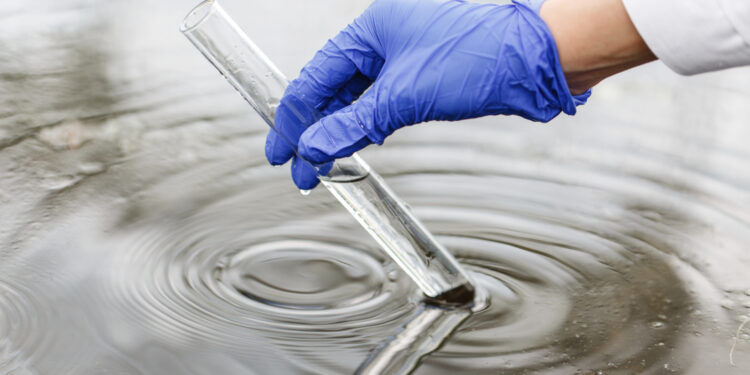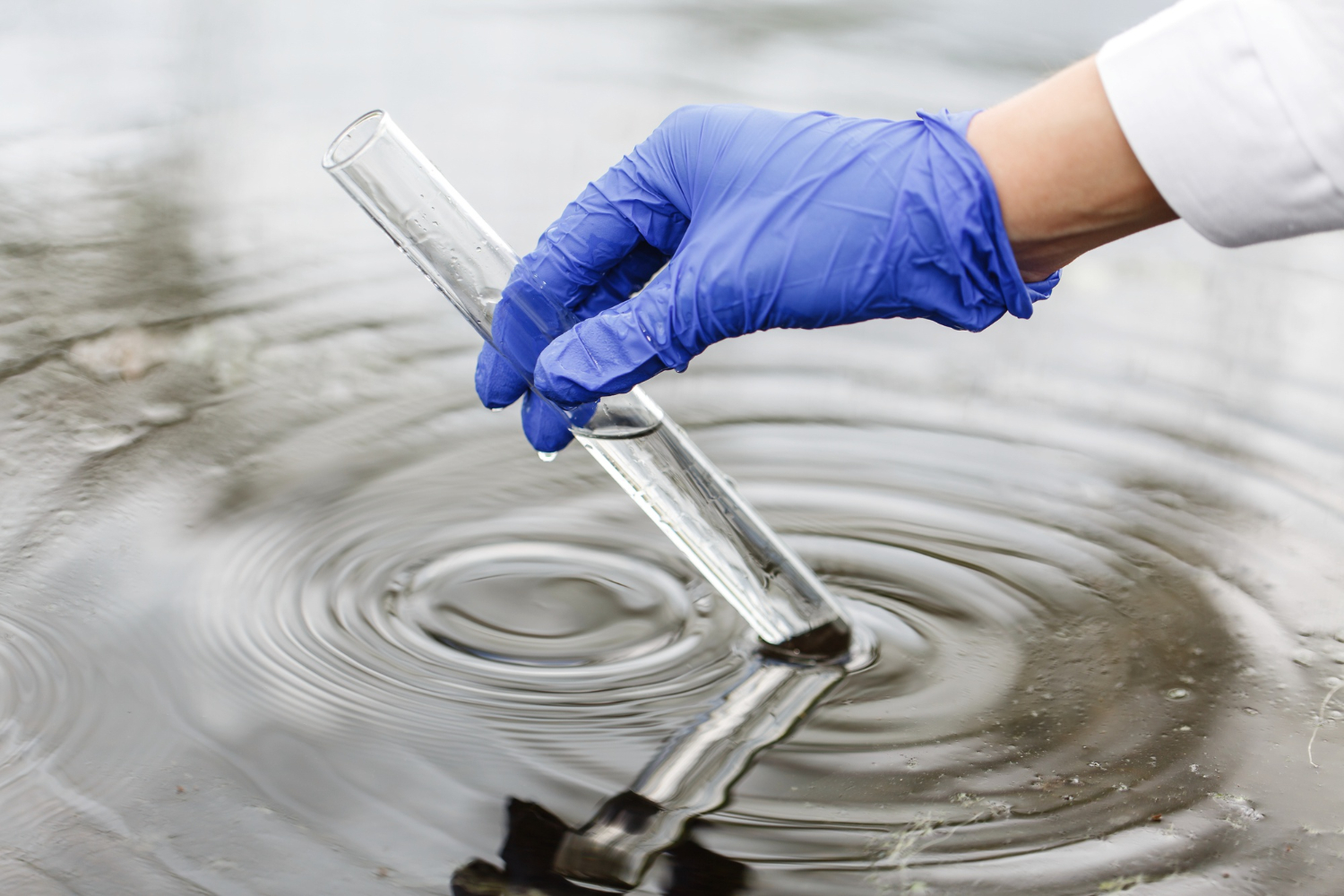Why Regular Well Water Testing Is Essential for Safety and Health


Table of Contents
- 1 Key Takeaways
- 2 The Importance of Regular Testing
- 3 Common Contaminants in Well Water
- 4 Frequency of Testing: How Often Is Enough?
- 5 Steps Involved in Well Water Testing
- 6 Using Accredited Laboratories
- 7 Understanding Test Results
- 8 Additional Measures to Maintain Water Quality
- 9 Conclusion: Peace of Mind Through Proactive Care
Key Takeaways
- Regular well water testing ensures safe drinking water for households relying on private wells.
- Discover the main contaminants found in well water and their potential health effects.
- Understand how frequently you should test your well water and the factors influencing this schedule.
- Learn about the steps and methods involved in testing well water effectively.
- Explore the benefits of using accredited laboratories for water testing.
The Importance of Regular Testing
For those relying on private wells, the purity of the well water is paramount. Unlike municipal water suppliers, which are required to meet strict regulatory standards, private wells are exempt from such oversight. Consequently, it’s the homeowner’s responsibility to routinely check for contamination. Regular testing serves two critical functions: first, it ensures the well water remains safe for consumption, and second, it provides early detection of potential problems. But knowing the answer to: “How often should you test your well water?” can be perplexing, as the needed frequency can vary depending on a range of factors, including local environmental changes and regional contamination concerns.
Common Contaminants in Well Water
Private well water runs the natural risk of contamination from a variety of sources, from local agricultural activities to naturally occurring elements in the earth itself. Microbial contaminants, such as bacteria, viruses, and parasites, can easily find their way into water supplies, often due to inadequate well construction or maintenance. Consuming water contaminated with these organisms can lead to serious health concerns, including but not limited to gastrointestinal illnesses. Chemical contaminants like nitrates may seep into the groundwater from fertilizers used in farming or even from urban runoff. Additionally, heavy metals like arsenic, lead, or mercury can naturally occur in the earth, entering water supplies when geological formations dissolve. The EPA provides guidance on identifying these potential problems early to protect public health and safety.
Frequency of Testing: How Often Is Enough?
The right frequency for testing well water isn’t a one-size-fits-all answer. While an annual check for coliform bacteria and nitrates is a good baseline, additional testing might be warranted under particular circumstances. Living in an area prone to high arsenic levels could mean testing more frequently for this specific contaminant. Similarly, proximity to agricultural or industrial activities may necessitate more vigilant monitoring for pesticides or heavy metals. Consult local health advisories and guidelines to determine what additional tests you might need. In some cases, testing could be recommended after events like heavy rainfall, flooding, or land disturbance near the well that could potentially introduce contaminants.
Steps Involved in Well Water Testing
Ensuring accurate test results requires following a systematic approach. The first step involves collecting a water sample. Proper collection techniques are critical; even a slight oversight could lead to sample contamination and false readings. Always use clean bottles and follow specific guidelines for capturing samples. Subsequently, choose an appropriate testing method, which might involve using a home testing kit for basic diagnostics or sending samples to a certified lab for comprehensive analysis. Interpretation of results is the final step and often the most complex, given the range of interpretations possible from a simple report. Understanding the levels of contaminants and knowing when they’re within acceptable limits is crucial for any homeowner conducting these tests.
Using Accredited Laboratories
Partnering with accredited laboratories provides assurance and comprehensive detection you won’t find with standard home testing kits. These labs use advanced technology and techniques to detect the presence of contaminants, some of which may be invisible even with the best off-the-shelf kits. After submitting your sample to such a lab, you’ll receive a detailed report highlighting any contaminants present and how they might affect your water quality. An accredited lab not only ensures the absence of harmful chemicals and pathogens but also supports the analysis of complex results with expert recommendations.
Understanding Test Results
Once the testing is done, interpreting the lab’s findings can initially seem daunting. Most lab reports will quantify the concentration of each detected contaminant, compare those amounts against established safe levels, and offer recommendations for maintaining water quality. If the results indicate a problem, such as bacterial contamination or high levels of heavy metals, you’ll need to consider water treatment options, ranging from simple filters to more sophisticated systems like reverse osmosis. Understanding these reports is critical for taking appropriate action swiftly, thereby safeguarding your whole household from water-related health issues.
Additional Measures to Maintain Water Quality
Meeting and maintaining water quality involves more than just periodic testing. Additional preventative measures can keep your water supply uncontaminated. Start by ensuring the well cap is secure and prevents any surface contamination. Regularly inspect the area around your wellhead to prevent contaminants from infiltrating groundwater supplies. Furthermore, avoiding the use of potentially harmful chemicals or fertilizers near the well can diminish the risk of seepage into the water supply. Implementing these strategies alongside routine testing creates a more comprehensive safety net, preserving your well water’s purity.
Conclusion: Peace of Mind Through Proactive Care
Through regular testing, understanding potential contaminants, and utilizing accredited labs, homeowners can buffer against health risks posed by poor water quality. Proactive measures and vigilance in monitoring water quality not only protect health but also offer the peace of mind that comes with knowing you are prepared and informed. Consider adopting a comprehensive testing schedule tailored to your specific environmental circumstances to maintain access to clean and safe well water.






